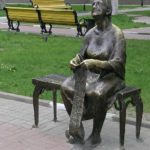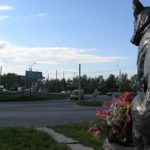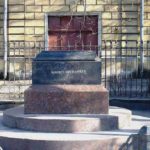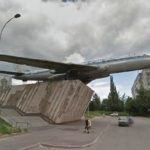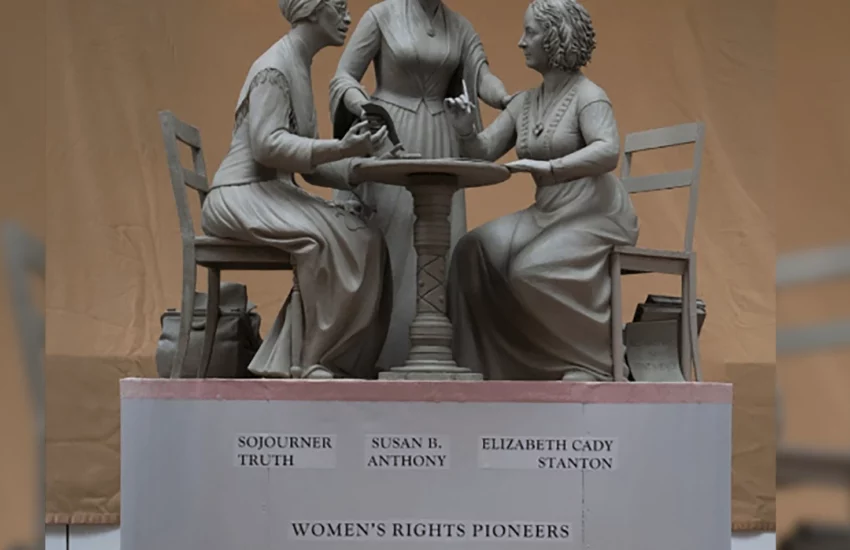Monument to the Revolution

Time of creation – 1965-1967
Author — Dushan Jamonia
Location – Podgaric, Croatia
Dimensions and materials – 10 m high, 20 m wide. Concrete, rebar, aluminum sheets

Monument to the Revolution. What is dedicated to
This monument was erected in 1967 by Dusan Jamonia in memory of the uprising of the people’s forces against the occupation in the Croatian region of Greater Moslavina. In the 1960s, a monument was erected in the Little Village of Podgaric to commemorate the support given by the inhabitants of the area to the partisans.

History of creation
The famous Serbo-Croatian sculptor Dusan Jamonia won the competition to create the monument, and in 1967 the monument was unveiled in a grand ceremony in the presence of Josip Tito. Simultaneously with the construction in the valley below the memorial complex, with the support of the Serbian artist Vladimir Velichkovic, who was responsible for the landscape design, a small artificial lake was created. After the collapse of the country in the early 1990s, national interest in this memorial declined significantly, it was no longer visited, and it gradually fell into disrepair.

Symbolism
The main element of the complex is a large winged abstract sculpture, about 10 meters high and 20 meters wide, with a central spherical “eye” covered with aluminum panels. The author of the project wanted to create “wings of victory” that overcome death and defeat. Each of the five wings was supposed to symbolize the five republics of a united Yugoslavia. Visible from all sides, clear concrete contours and lines symbolize dynamism, flight and power, while the metal core embodies solidity and unity.


